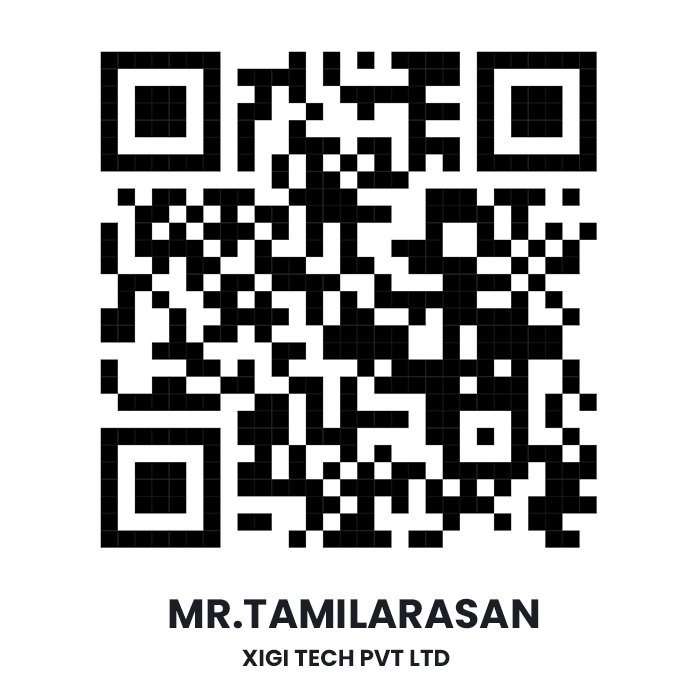India’s retail industry is growing rapidly and evolving. As consumer expectations shift and digital integration becomes essential, brands are rethinking how they connect with not just online, but in physical spaces as well. One solution gaining momentum is Digital Out-of-Home (DOOH) advertising. Unlike traditional billboards, DOOH delivers dynamic, real-time content through digital screens in public and retail environments, making it highly effective for influencing purchase decisions.
The Shift in Retail Advertising
Retail advertising was traditionally done through printed posters, flyers, and fixed signboards. But today’s consumers are more connected and expect a seamless experience across platforms from online ads to in-store messaging. DOOH bridges that gap. It brings the speed and targeting of digital marketing into physical spaces like malls, transit hubs, and high streets.
Imagine a digital screen in a shopping mall that promotes winter jackets during a cold wave, or a food brand advertising meal combo just before lunchtime — all updated in real time. This level of contextual relevance is what sets DOOH apart.
Why DOOH Is Gaining Traction in India
Key factors are driving the growth of DOOH advertising in India.
- Retail Infrastructure Growth
India’s organized retail market is expanding rapidly and is projected to reach $230 billion by 2030, according to IBEF. New malls, supermarkets, and branded stores provide ideal environments for DOOH placements.
- Smart Cities and Urban Development
Government initiatives like the Smart Cities Mission are encouraging the integration of digital signage into public infrastructure. This development has created new high-footfall locations for advertisers to reach their audience.
- Digital Engagement in Public Spaces
Indian consumers are increasingly familiar with digital content, thanks to widespread smartphone use and social media. DOOH taps into this behaviour, delivering messages in a format people already engage with daily.
As per the EY-FICCI Media & Entertainment Report 2024, India’s DOOH market grew by 28% year-on-year, a clear sign of growing adoption.
How Retailers Are Using DOOH Effectively
Leading retailers in India are already seeing measurable impact from DOOH campaigns. Here are some practical examples:
- Dynamic Promotions: A major supermarket chain used metro-station screens to display time-sensitive offers during festival seasons. The campaign led to a significant increase in store visits during peak shopping hours.
- Product Launches: A global electronics company promoted its new smartphone through synchronized DOOH screens across five metro cities. The result: a 45% increase in in-store inquiries during the campaign period.
- Localized Messaging: Some retailers use DOOH screens to tailor content by location and time of day — promoting lunch specials near offices in the afternoon or showing family-oriented products in residential zones during weekends.
These applications show that DOOH is not just a branding tool — it can directly influence consumer behavior and support retail sales strategies.
Overcoming Industry Challenges
Despite the benefits, DOOH adoption in India faces some barriers:
- Fragmented Infrastructure: The market is still developing, with limited standardized platforms for planning and buying DOOH media.
- Measurement Difficulties: Tracking the impact of a DOOH campaign can be more complex than digital ads. However, technologies like QR codes, mobile tracking, and audience analytics are helping bridge the gap.
- Regulatory Variation: Different cities have different rules for outdoor advertising, making large-scale campaigns more difficult to execute uniformly.
Addressing these issues will be key to unlocking DOOH’s full potential in India.
What’s Next for DOOH in Indian Retail?
The advancement of DOOH in India is being shaped by two key trends:
- Programmatic Buying
More DOOH inventory is being made available through programmatic platforms, which allow brands to purchase ad space in real time. GroupM forecasts that 20% of all DOOH ad spend in India will be programmatic by 2026.
- Integration with Omnichannel Marketing
As retailers focus on unified brand experiences across online and offline touchpoints, DOOH will serve as a powerful connector — providing consistent, data-driven messaging from the street to the store.
Conclusion
DOOH advertising is changing the face of retail marketing in India. It brings together the broad visibility of out-of-home media and the targeted capabilities of digital advertising. For retailers, this means new opportunities to engage customers, boost store traffic, and deliver more impactful campaigns — all in real-time, and in the right place.
As infrastructure matures and measurement tools improve, DOOH is well-positioned to become a standard part of every modern retail strategy.


